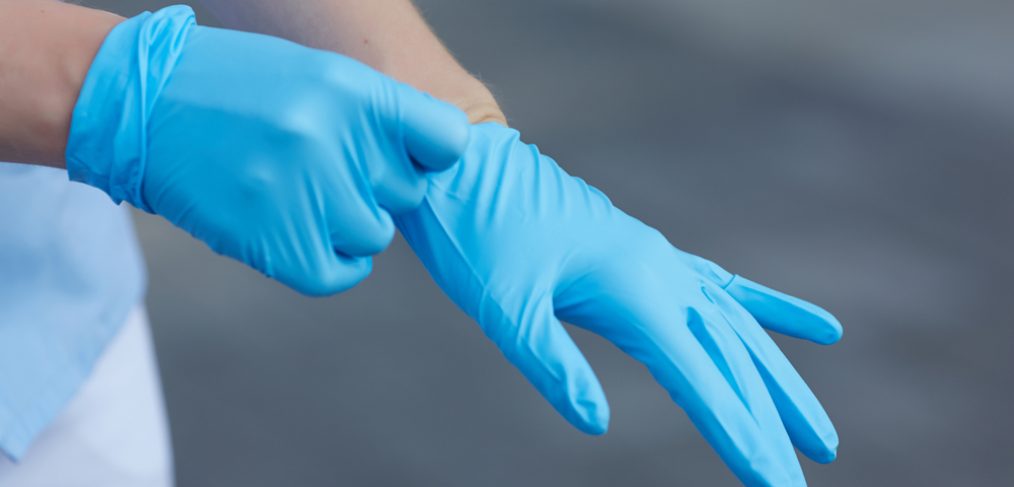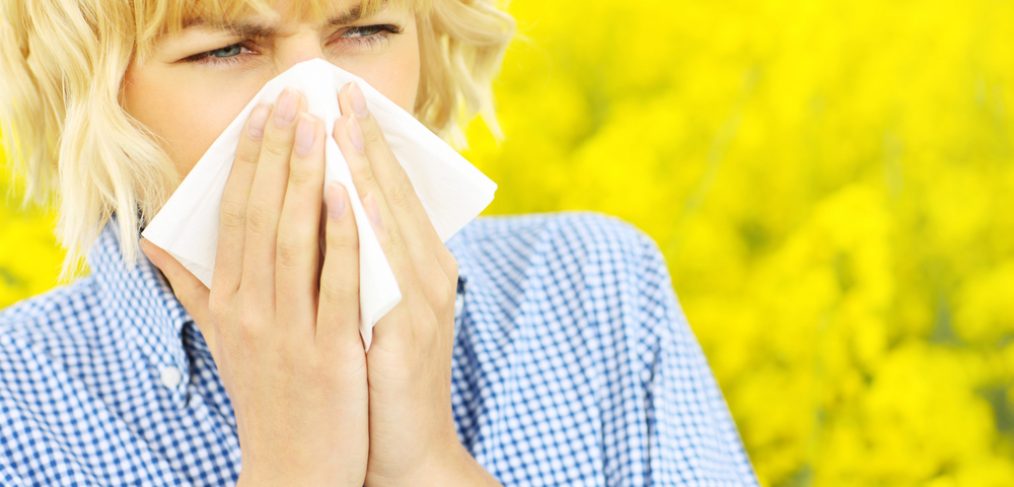Dustin Hoffman must have said it best. “There’s a new medical crisis. Doctors are reporting that many men are having allergic reactions to latex condoms. They say they cause severe swelling. So what’s the problem?”
Depending on your proclivities, the word latex brings up several associations. For the sexually inclined, thoughts immediately go to condoms and rubber clothing. For the less exotic, latex recalls rubber gloves and cleaning. If you are a dentist, you may recall catheters.
Naturally occurring rubber latex is derived from the sap of a rubber tree (of course!) otherwise known as Hevea Brasil ensues, which is found in Southeast Asia and Africa. Allergic reactions may occur when people who are sensitive to the proteins in natural rubber latex are exposed to products which contain the material.
Where Is Natural Rubber Latex Found?
Latex is common in dental and medical supplies like intravenous tubing, disposable gloves, stethoscopes, syringes, catheters, and bandages. As for consumer products, latex is found in handbags, athletic shoes, underwear leg and waist bands balloons, tools, tires, and, of course, condoms. Latex can also be found in baby products, such as baby bottles, pacifiers, nipples and rubber toys.
Triggers
Allergic reactions occur when latex allergy sufferers come into contact with latex. Some of the more common, and less embarrassing, ways of incurring these reactions are blowing up a balloon or undergoing a dental or medical procedure in which the doctors are wearing latex gloves.
Food Triggers
People with latex allergies can have food allergies as well. If you have latex allergies, you may also be adversely affected by apples, potatoes, bananas, papaya, melons, celery, carrots, kiwi, chestnuts and avocado.
Symptoms
Usually, allergy symptoms do not occur right away. In most cases, it takes several exposures for the signs to reveal themselves. (Virgins rejoice!) However, once they develop, symptoms include itching, hives, and runny or stuffy nose. Asthma- like symptoms, such as wheezing and tightening of the chest, may develop. Reactions will appear within minutes after coming into contact with latex. Anaphylaxis is the most serious result of a latex allergy and is characterized by breathing difficulty and drop in blood pressure.
If you wear rubber gloves, you may be in contact with chemicals that cause “allergic contact dermatitis.” This can cause blisters on the back of hands and eczema occurring 1to 3 days after wearing gloves.
And perhaps most distressingly: You don’t even have to come into contact with latex products to develop a reaction, Asthmatic reactions and anaphylactic can be caused just by inhaling proteins in the air caused by the powder contained in latex gloves and aerosols.
Treatment And Management
Sufferers of latex allergies should avoid coming into contact with anything containing latex and avoid consuming potentially risky foods. Doctors and dentists should always be informed of allergy before performing the treatment. Clinics and hospitals have increasingly begun to feature latex-safe areas and to use non-latex and low protein latex gloves.
Those with a latex allergy should wear a medical alert ID and carry an epinephrine auto-injector in case of emergencies. Allergists can provide additional information and recommendations for those affected by latex allergies.





